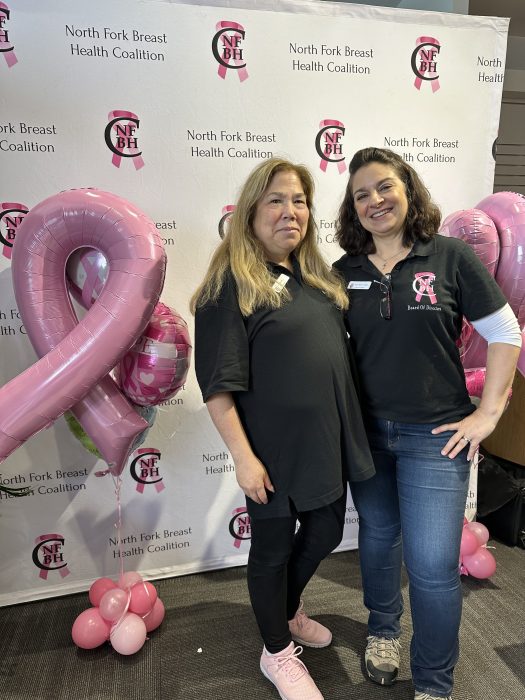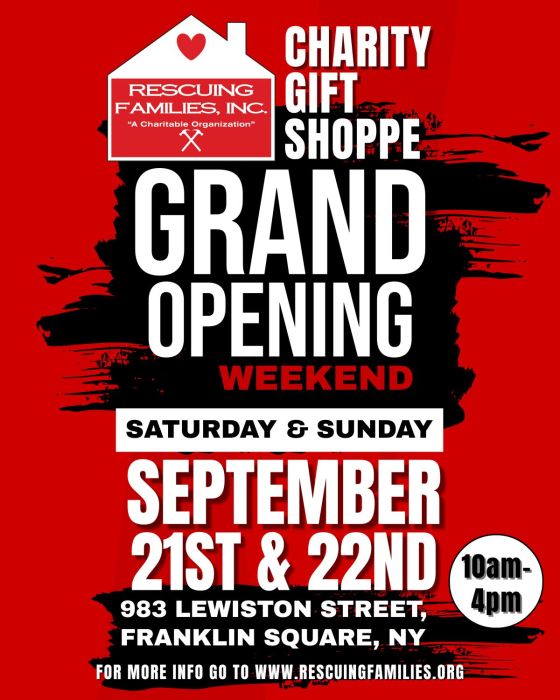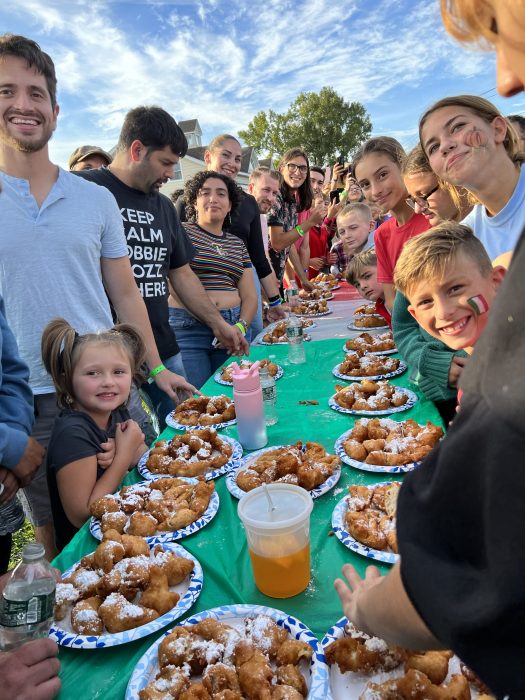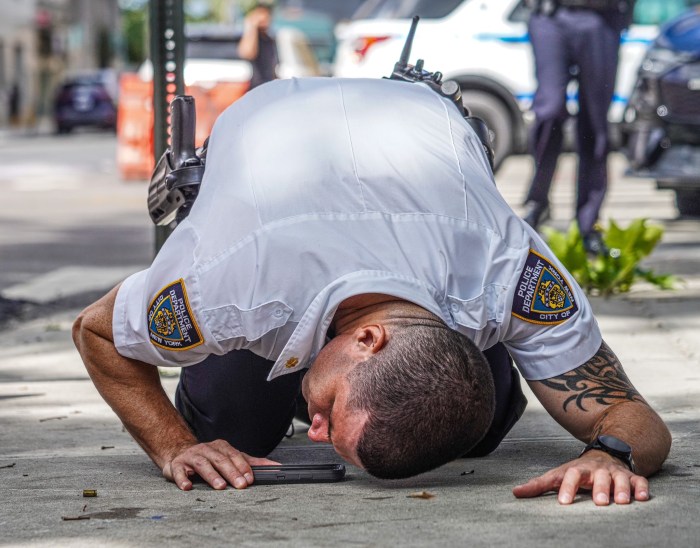
When it comes to native-born guitar players, Texas has quite the legacy. Dating back to the likes of T-Bone Walker and Lightnin’ Hopkins, the Lone Star State has given the world Freddie King, Albert Collins, Johnny “Guitar” Watson, Stephen Stills, Johnny Winter, Mance Lipscomb, Steve Miller (by way of Milwaukee), Billy Gibbons, the Vaughan brothers and most recently, Gary Clark Jr. While younger sibling Stevie Ray perished in a 1990 helicopter crash, Jimmie has continued soldiering on dating back to his 1994 solo debut, Strange Pleasure. In 2019, the elder Vaughan is continuing his crusade to celebrate and honor a wide swath of American roots music with the release of Baby, Please Come Home, a collection of songs honoring a number of idols including Walker, Etta James, Lefty Frizzell, Fats Domino, Lloyd Price and Jimmy Reed. When asked about the inspiration for this project, the Dallas native admitted the explanation was pretty straightforward.
“It’s really just things that I like. I found out that when I go into the studio, I like to pretend that I’m making 45s. All I have to do is find two or three songs and cut ‘em. I don’t have to try to find or write 15 songs at once. If I treat them like singles, I can try this or that and it just seems to take away the massive burden of coming up with a bunch of songs all at once, which is terrible. It sort of lets the air out of the room,” he said with a laugh. “This way you have to record two or three at a time and then a few weeks later, you can come back a couple of weeks later and it’s not so heavy. Then, the next thing you know, you have an album.”
Not unlike equally stellar outings he’s done like the 2010 and 2011 one-two punch of Plays Blues, Ballads & Favorites and Plays More Blues, Ballads & Favorites, Vaughan’s distinctive punchy guitar twang is the glue holding together these songs. They reverberate with a juke joint ambiance punctuated by understated horn accompaniment, the occasional female harmony and a timeless vibe that could have covers of Bill Doggett’s slinky instrumental “Hold It” and Clarence Gatemouth Brown’s “Midnight Hour” sound like they could have been lost B-sides plucked from the vaults of legendary imprints like Modern or Federal Records. Folks heading out to catch Vaughan on the road can expect to hear plenty of this manna in a live setting.
“I’m going out with the band that’s on the record. I’ve also got the horn players and all that with me. What’s not to like?,” Vaughan said. “We just go out and play a little bit of everything, including the new stuff. We also do material off the record I did with the Jimmie Vaughan Trio [Live at C-Boys].”
Music has always been a constant in the Texan’s life, thanks to a background where both sides of his family featured guitar players enraptured by the likes of Merle Travis. But it was a wayward football injury suffered as a teenager that set him down his own musical path.
“I had a friend of mine at school in junior high who said that if I wanted to have a girlfriend, I was going to have to play football. So I went out for football and I was not a particularly good athlete—I was lousy, as a matter of fact. I was more of a kid who drew pictures a lot and I just wasn’t very athletic,” he recalled. “They put me in the halfback position. I guess they did that because they knew I would fail—it was like the situation in gym class where you’re the last guy standing there. It was my turn, so I went out for this pass and caught it mysteriously and the guys jumped on me and I broke my collarbone. So they sent me home for three months. My parents, who both worked, didn’t know what they were going to do with me for three months. They were at work and I was going to be there by myself and they were terrified. So my dad told me to play guitar because I had just gotten one with three strings on it. I think the trauma of having the broken bones and the shock of the whole thing worked out perfectly and I’ve been playing ever since.”
While the then-12-year-old Vaughan was getting started on a six-string, little Stevie Ray, who was four years his junior and idolized his big brother, followed the lead of his elder sibling. As the two got older and found success, Jimmie with the Fabulous Thunderbirds and Stevie Ray leading Double Trouble, it wouldn’t be until late music industry executive and philanthropist Tony Martell suggest the duo record what became the 1990 Vaughan Brothers project Family Style that a lifelong goal was achieved.
“When I was a kid, people would come to the house and my father would say, ‘Jim, go get your guitar and play a song for our guests.’ I would go get the acoustic guitar and play something like Glen Miller’s ‘In the Mood.’ It wasn’t very long until Stevie would get his little guitar, I’m four years older so if I’m 12, he was eight. He would get his guitar, we’d play together and the guest would usually say something like, ‘You boys are really good. Maybe you can make a record together someday.’ So that seed was sort of planted,” Vaughan recalled.
Stevie Ray Vaughan died a few months after the record was released and it would take four years before Jimmie Vaughan would return to the studio. In the present day, Vaughan is happy with his label situation and satisfied that he’s wound up where he envisioned when he was recovering from that broken collarbone way back when.
“After a couple of days of trying to play guitar and found it was pretty cool, I thought I might be able to make some records, earn some money, buy a car and split,” he said with a laugh. “I’ve just been fortunate. I’ve always wanted to make records, play guitar and be a blues singer, so my dreams have come true.”

























